I worried more about grizzlies than sediment when I fished the Shoshone River in July. The clear, cold water I expect in the West looked right as can be near Cody, Wyoming. Fly-fishing guide Tim Wade of North Fork Anglers told me the river hosts native Yellowstone cutthroat trout and he was telling the truth. I caught a few. I also believed his statement about the area being a grizzly bear hotspot. I kept bear spray clipped to my waders.
“Makes it more interesting. People are afraid of bears,” he’d said. “They’re good for my business because people don’t want to be alone.”
With berries on the banks and fish hiding in the shade of berry bushes, I was glad I wasn’t alone. Grizzlies eat berries and trout and I waded through both with Wade as my diligent watchdog.
On that hot afternoon, we also talked of changes over the years. More people. More pressure. It was mostly hindsight reflection. Nothing that translated into future disaster. Three months later, trouble swallowed the Shoshone.
“The safety of the contractors is more important than the fish,” Todd Singbeil, Willwood Irrigation District manager told The Daily Progress.
He’s referring to the reservoir drain down at Willwood Dam in mid October. Workers needed to get in there for maintenance. Water had to go. The intentional draw down resulted in a large volume release of built-up sediment that smothered the river, and everything in it, for several miles downstream from the dam.
“We take very seriously a loss of fish and this amount of sediment (released) from Willwood Dam,” David Waterstreet, DEQ Watershed Protection Program manager told The Daily Progress.
North Fork Anglers shop is about 11 miles from the dam. I called Wade’s shop right away. It’s shoulder season so Wade’s on a much-needed break, but his staff is answering one call after another.
“We’ve had a lot of calls from clients who have fished with us for years,” says Blair Van Antwerp, North Fork Anglers employee. “Locals are coming in to see what we know. There are a lot of people asking.”
Forty percent of the shop’s business happens on the Shoshone. Most of it above the dam. That’s where I fished with Wade in July. A few guides trickle down below the dam, but more for measure than anything.
“They’ve been monkeying with that dam forever and screwing up the fishing,” Van Antwerp says. “It was starting to come back and was it going to be a vital fishery for us. We were hoping for a comeback, but now it’s dead.”
Public access below the dam is limited so it’s floated more often than waded. Neither method is worth the trip now. Fishing is out. And who wants to paddle a raft or a kayak in a mudslide? That’s out too.
“The way they manage dams around here is pretty piss poor,” Van Antwerp says. “They’re never thinking about fishing or recreation. All they are thinking about is farmers and ranchers.”
He’s riled up. Understandably so, but widening the rift between farm and fish isn’t helping anyone in the West. Or anything.
The ripple effect of a damaged watershed spreads beyond recreation. Thousands of trout: cutts, browns and bows, are dead below the dam. A viable food source for grizzlies and eagles just disappeared in an established wildlife hotspot. Bald eagles are off the Endangered Species list. Grizzly bears are not. Delisting is close, but not certain. Natural resources in the Cody area, a grizzly honey hole, are taking a heavy hit with this sediment load.
“This sediment that’s flowing down this river has choked out the fishery,” Dave Sweet, Wyoming Outdoor Hall of Fame Award Winner told KULR. “There’s probably not a fish alive from here downstream for 40 or 50 miles.”
Grizzlies are omnivore opportunists. They’ll move beyond the dead zone in a hurry. Will-travel-for-food is their motto, especially this close to hibernation when they’re piling on pounds. The bears will go somewhere else while the river is empty of life and if that ‘go’ gets them in trouble, we’re dealing with much more than water quality issues.




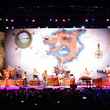
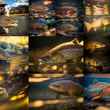
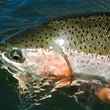




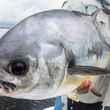
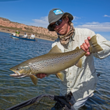



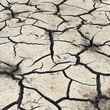
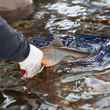




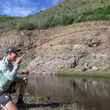



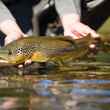
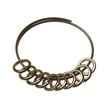
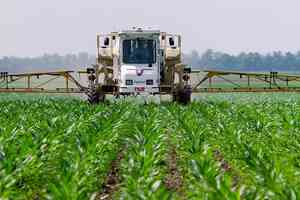
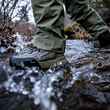

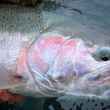
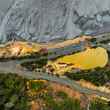
Comments
Anonymous replied on Permalink
As someone who lives and fishes this part of river, this really has no effect on bear population, as the stretch of river affected is home to essentially zero bears. This stretch of river is home although to waterfowl, deer, and turkeys as well as the fish that were killed. Tragic really, as this stretch was one of the lesser fished areas.
Pages